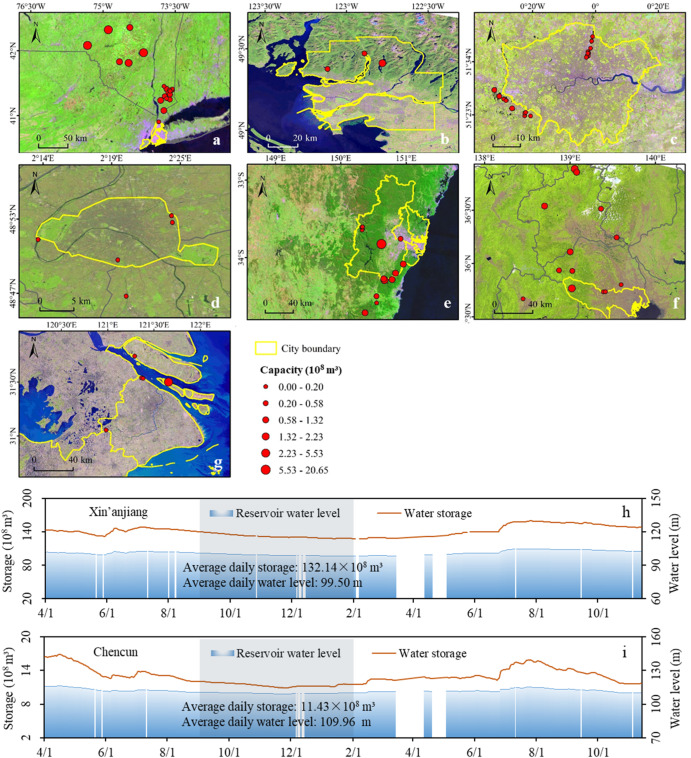

**Navigating Safely Through Deep Water During Intense Monsoon Showers**
Monsoon showers can turn roadways into hazardous channels, presenting serious dangers to motorists. Maneuvering through deep water necessitates vigilance, readiness, and awareness to ensure safety. Here are crucial guidelines for navigating safely through deep water during intense monsoon showers.
**1. Evaluate the Circumstances:**
Prior to attempting to drive through water, assess its depth and current. Steer clear of driving through water if you cannot discern the road beneath or if the water is flowing rapidly. As a general guideline, avoid water that exceeds six inches in depth, as it may lead to loss of control or cause your vehicle to stall.
**2. Recognize Your Vehicle’s Limits:**
Familiarize yourself with your vehicle’s strengths and weaknesses. Larger vehicles such as SUVs and trucks might cope with deeper water more effectively than compact cars. Nevertheless, no vehicle is exempt from the hazards of deep water, including engine flooding or being carried away.
**3. Devise an Alternate Path:**
If feasible, seek an alternate route that bypasses inundated areas. Utilize GPS or traffic applications to monitor road closures or detours. Local news and weather reports can also offer useful insights regarding road conditions.
**4. Drive Cautiously and Steadily:**
If you need to drive through water, proceed slowly and steadily. Enter the water at 1-2 mph and sustain a steady speed of 3-4 mph. This minimizes the chance of water entering the engine and lowers the risk of losing control.
**5. Avoid Halting:**
Continue moving once you enter the water. Halting could allow water to infiltrate the exhaust or engine, leading to stalling. If stopping is unavoidable, try to keep the engine revving slightly to prevent water from getting into the exhaust.
**6. Utilize Low Gear:**
Use a low gear to maintain control and power. For automatic vehicles, manually shift to a lower gear if possible. This aids in retaining traction and prevents water from entering the engine through the exhaust.
**7. Generate a Bow Wave:**
Drive cautiously to produce a bow wave in front of your vehicle. This wave lowers the water level around the engine and helps avert flooding. Maintain a consistent speed to keep the wave progressing ahead of you.
**8. Check Your Brakes:**
After leaving the water, test your brakes by gently applying them while moving slowly. This assists in drying the brakes and confirms their proper functioning. If the brakes seem unresponsive, continue to apply them gently until they return to effectiveness.
**9. Be Ready for Emergencies:**
Carry emergency supplies, such as a flashlight, first-aid kit, and a charged mobile phone. These items can be essential in case of an emergency. Additionally, notify someone of your travel route and estimated arrival time.
**10. Know When to Leave the Vehicle:**
If your vehicle stalls or becomes submerged, evacuate it immediately if it is safe. Rising water levels can rapidly pose life-threatening risks. Move to higher ground and seek assistance.
**Conclusion:**
Driving through deep water during monsoon showers requires vigilance and preparation. By evaluating the circumstances, recognizing your vehicle’s limitations, and adhering to these safety guidelines, you can traverse flooded roads more securely. Always prioritize safety over convenience and avoid undue risks.






